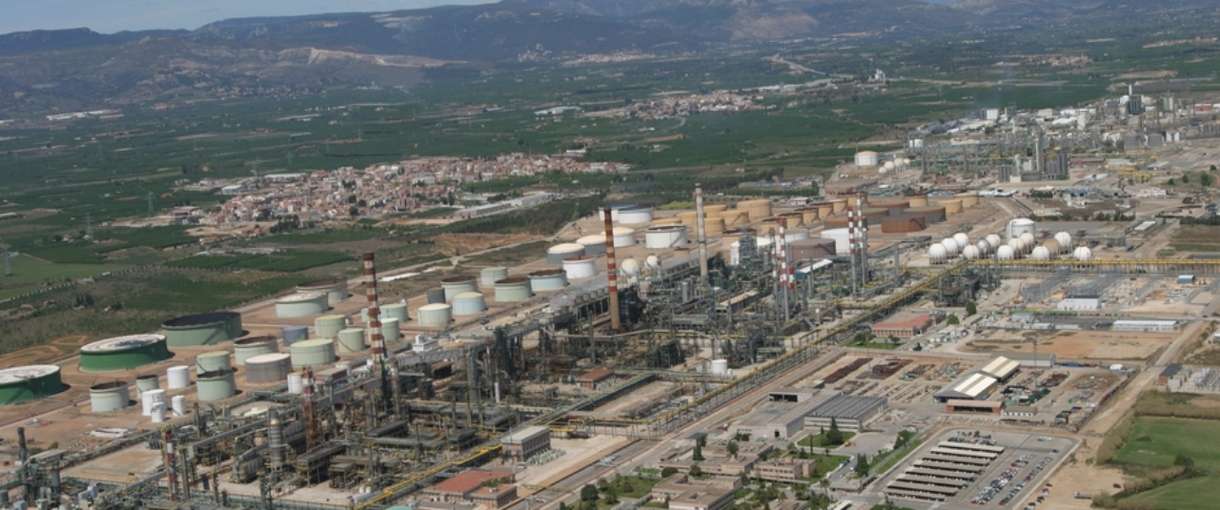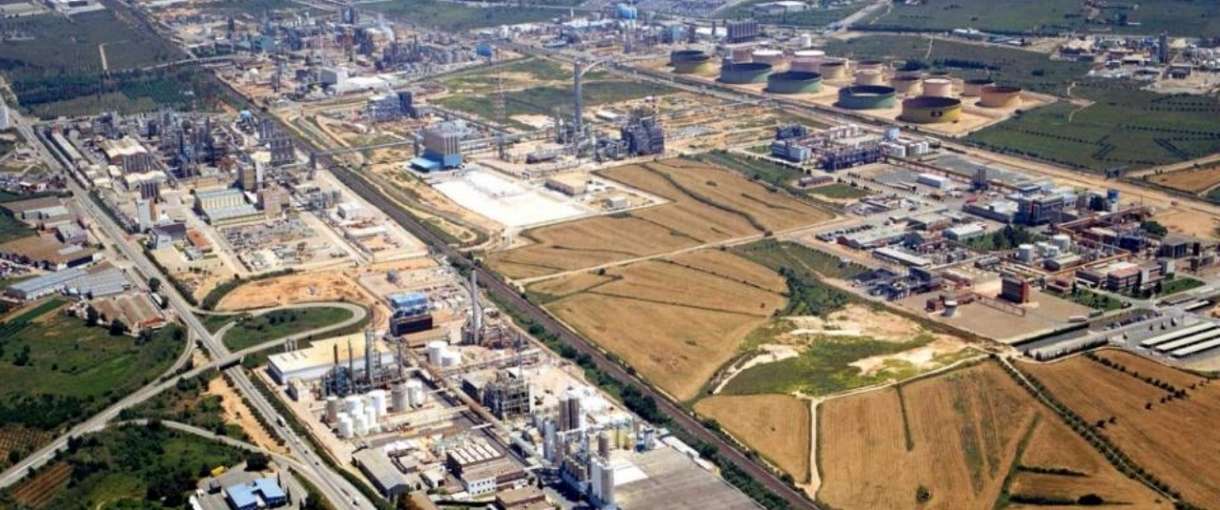Chemmed Cluster Tarragona
Contact
Location
About Chemmed Cluster Tarragona
Tarragona houses the largest chemical hub in southern Europe with an annual chemical production of 20 million tons. Port Tarragona plays a key role in the competitiveness of this hub. It is one of the deepest ports in the Mediterranean and a major logistics platform for Catalonia with a total annual through put more than 30 million tons, 20 million tons of which are petrochemicals.
ChemMed Tarragona consists of the south and north poles, which are linked to the nearby port via road and pipeline. The main raw material –crude oil and natural gas- are all imported. Natural gas is provided via the Trans Pyrenean pipeline link Calahorra from Lacq in France, and from the Maghreb-Europe Gas pipeline from Argelia to Spain. Crude oil is provided by ship from various sources to several terminals. ChemMed Tarragona is linked to the Spanish natural gas distribution network and aims to be a key node of the future H2MED network for hydrogen.
Number of Jobs
35.000 direct induced jobs in the cluster
Knowledge and Research
- Rovira i Virgili University, declared a Campus of International Excellence, an institution with 14,000 students and 1,400 researchers
- Pioneering institutes in Spain in joint vocational education
- Catalan Chemical Research Institute (ICIQ), among the top three in the world
- A chemical technology centre (CTQ) undertaking R&D+i projects
- Ministry of Education of the Government of Catalonia
Area
| Total | 1200.0 hectare |
|---|---|
| Free | 350.0 hectare |
Free area available on South and North site of the chemical cluster |
|
Infrastructure and Connectivity
| Highway | yes | Direct connection to an extensive road network. The Chemical cluster is about 8 km from Tarragona-Reus Airport and 80 km of Barcelona Airport |
|---|---|---|
| Railway | yes | Rail connection to the Mediterranean Corridor, to the centre of Spain and to all Port Tarragon docks |
| Waterway | yes | |
| Sea harbor | yes | Port with one of the greatest water depths in the Mediterranean (max. 19 m) which allows to operate any petrochemical vessel. Crude Supply: Marine Terminal Repsol offers five quays for unloading ships up to 100,000 tons. In addition, the terminal has a monobuoy located 3 km. from the coast where supertankers can offload their cargoes |
Compounds
Many substances, too many to list, are produced within the Chemmed Cluster, these substances fall into the following categories
- Monomers
- Cracking products
- Inorganic products
- Chlorinated products
- Industrial gasses
- Polymers (plastics, composits, etc.)
- Final products
- Specialties
- Intermediates
- Crop protection formulations
Services
Fire station
3 Common Firefighter Stations
Feedstocks
Via external Pipeline:
Natural gas
Via Ships:
Crude oil, natural gas, LPG, etc.
Via Road/ Rail:
Organic, inorganic and intermediate products
Pipeline grid
- Common pipe rack for the cluster (Rack Dixquimics): north and south park and the port
- 24/7 surveillance and monitoring
- 71 transport lines, which can be expanded in accordance with demand
- The Repsol rack connects the port with the northern industrial park
Utilities
The ChemMed Cluster has 1 combined cycle power plant of 400MW and 2 ethylene crackers.
Disposal
- Effluent Management
- Water recycling plant, with a capacity of 19 Hm3/year. The plant also produces demineralized water of 0.2 μs
- Waste management
Refinery
Repsol refinery
Capacity: 186,000 bpd
Hydrocracker capacity: 702,000 kt Ethylene
Asesa
Capacity: 28,000 bpd
Dow Chemical Ethylene cracker
Capacity: 650,000 t/y Ethylene
Storage
Dry bulk
BERTSCHI intermodal dry bulk logistics
Liquid bulk
The following liquid bulk terminal companies are in ChemMed: EUROENERGO, TEPSA & VOPAK TERQUIMSA
Investments on this park
2024-01-10
€ 150 mln Investment details2022-09-01
€ 230 mln2022-01-01
€ 35 mlnPipeline grid availability
Companies on this park

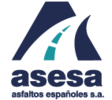

BASF Española, S.L.




ChemMed Tarragona




















Port Tarragona
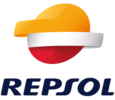
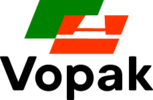

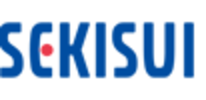
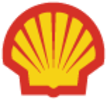



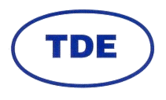
News
Clariant catalysts will power the Ecoplanta: Europe's first waste-to-methanol plant
Chemmed Cluster Tarragona →Repsol is building Europe’s first plant to produce renewable methanol from urban waste The facility will use Enerkem gasification technology to produce 240 KTA of methanol Clariant will supply cata...
Technip Energies awarded two services contracts for first-of-a-kind waste-to-methanol Ecoplanta project in Spain
Chemmed Cluster Tarragona →Technip Energies (PARIS:TE) has been awarded two engineering services contracts by Repsol for the development of the Ecoplanta Molecular Recycling Solutions (Ecoplanta) project, a first-of-a-kind w...
Ercros reduces its CO2 emissions by 38% in 4 years
Chemmed Cluster Tarragona →Ercros reduced by 38% its greenhouse gas (GHG) emissions, direct and indirect from energy consumption, and by 9% its total emissions index.These improvements are the result, among others, of the ac...
Kemira to Invest in Tarragona Site to Expand Drinking Water Treatment Portfolio with New ACH Production Line
Chemmed Cluster Tarragona →The investment, of close to 20 million Euros, which was approved earlier this year will enable the construction of a new production line for Aluminium Chloro Hydrate (ACH), a high-performance coagu...
